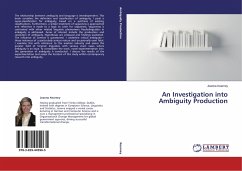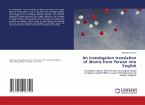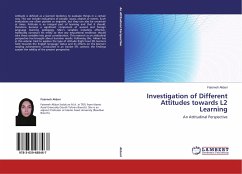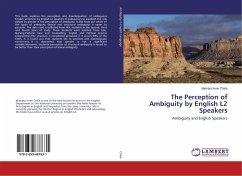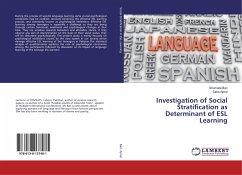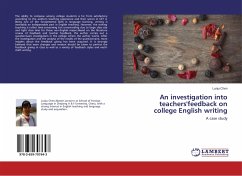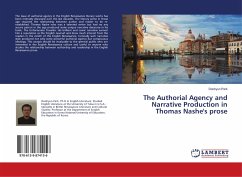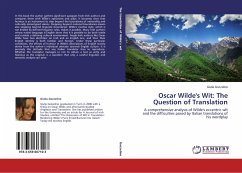The relationship between ambiguity and language is interdependent. This book considers the definition and classification of ambiguity. I posit a super-classification for ambiguity, based on a synthesis of existing classifications. Furthermore, a similar treatment of vagueness is approached and reference is made to a logic to cater for vagueness. Vagueness is contrasted with other related linguistic phenomena. Psycholinguistics in ambiguity is addressed. Areas of interest include the production and resolution of ambiguity. Hypotheses are critiqued and findings examined. The influence of context is questioned. I underline critical ambiguity-those instances of a particularly serious nature and occasionally even fatal. I examine this with reference to the aviation industry and assess the greater field of forensic linguistics with various court cases where ambiguity is an issue. To consolidate the work, novel experimentation into the generation of ambiguity is conducted. I discuss theresults of the experimentation and assess the location of this study within contemporary research into ambiguity.
Bitte wählen Sie Ihr Anliegen aus.
Rechnungen
Retourenschein anfordern
Bestellstatus
Storno

